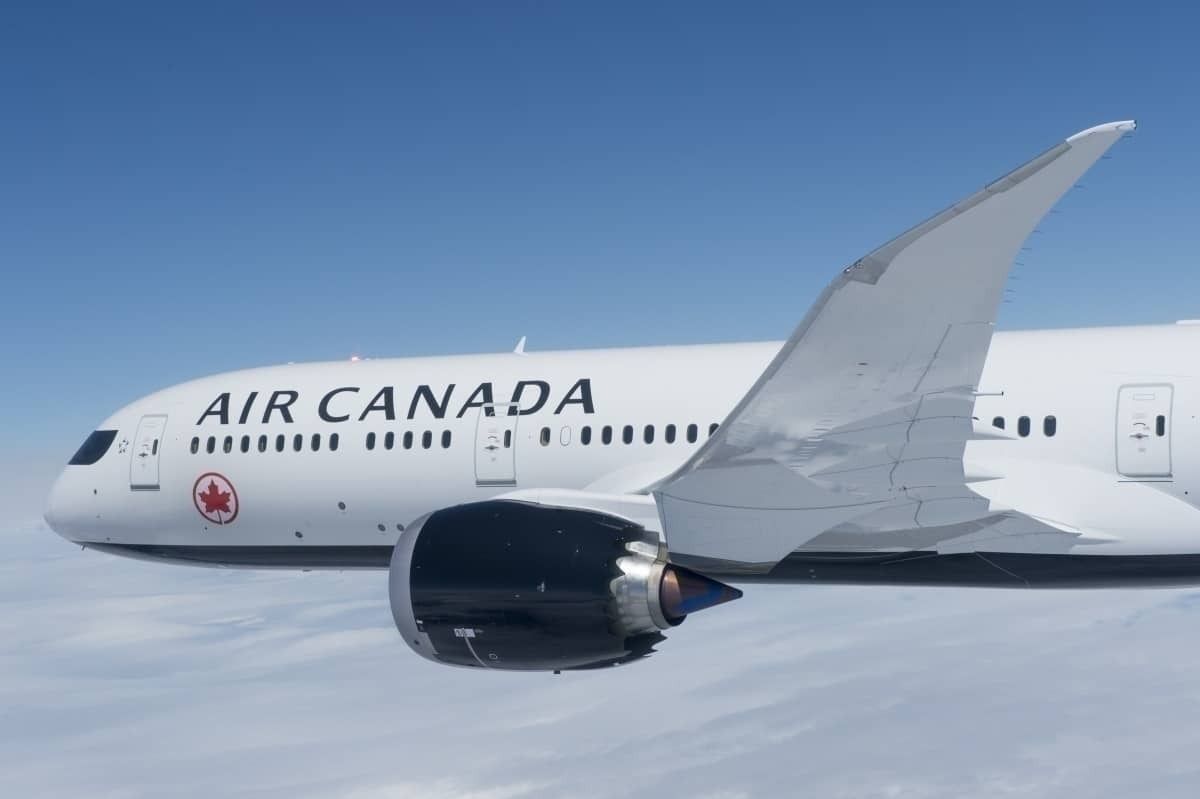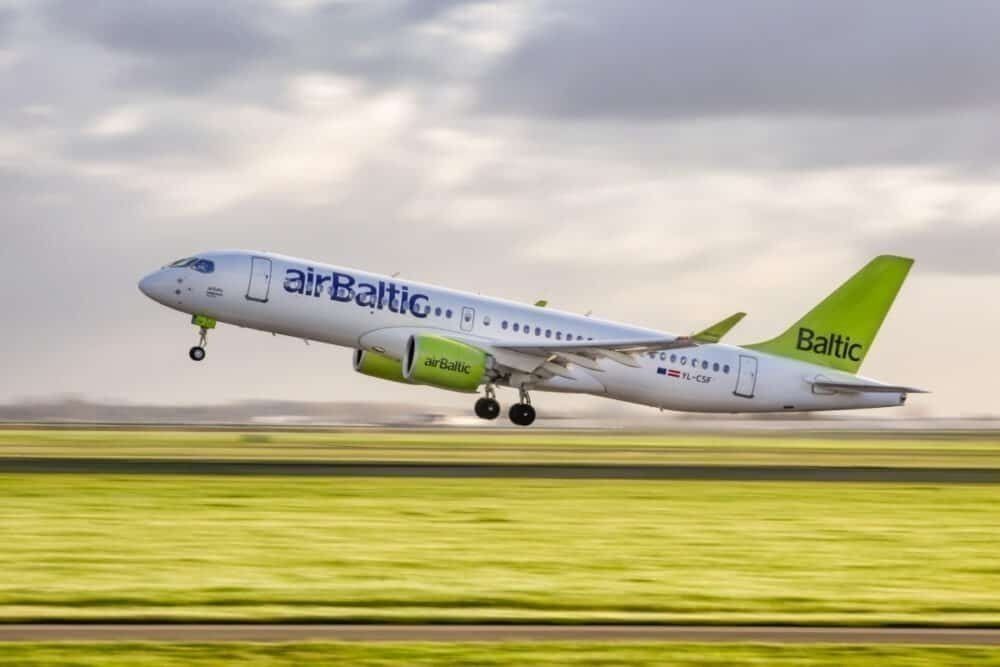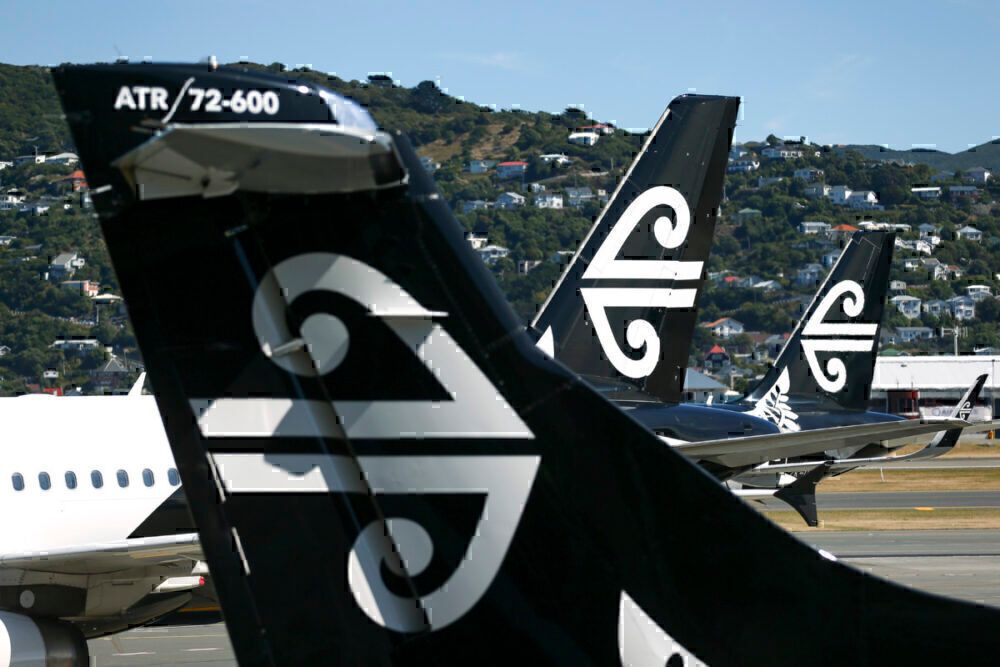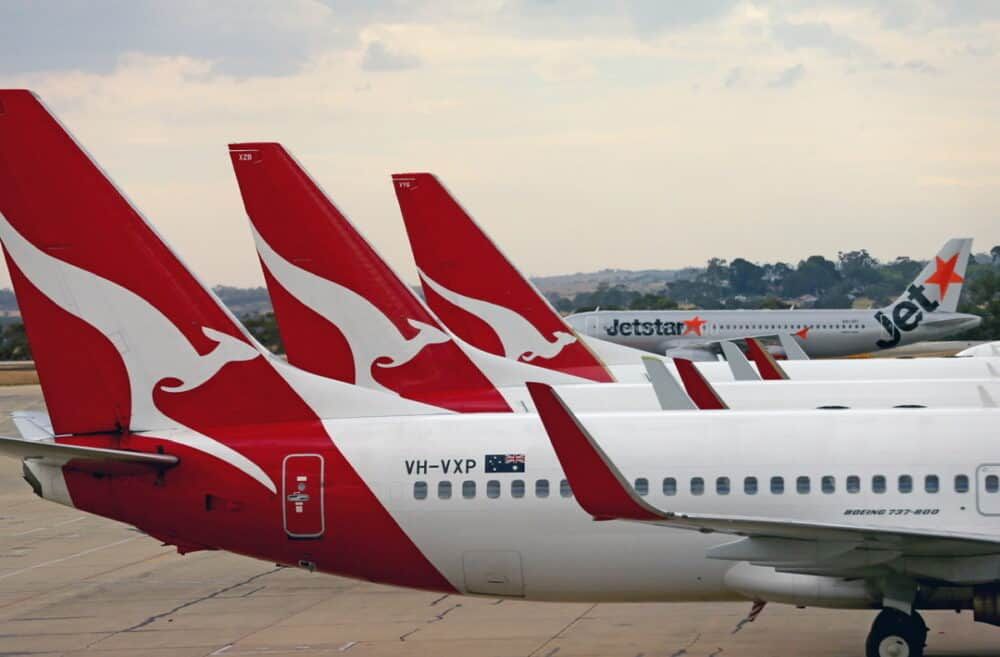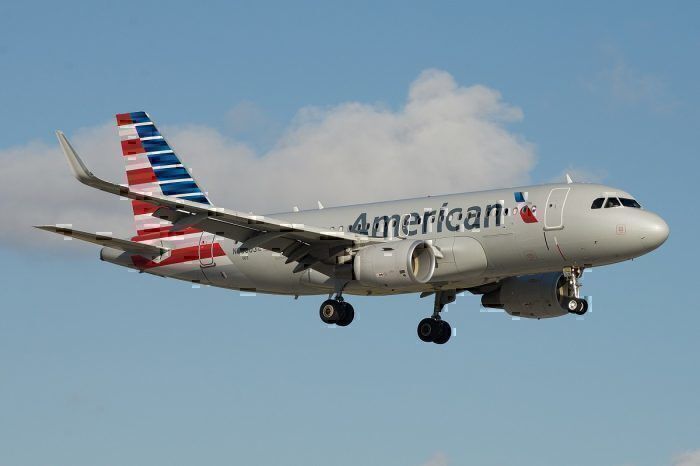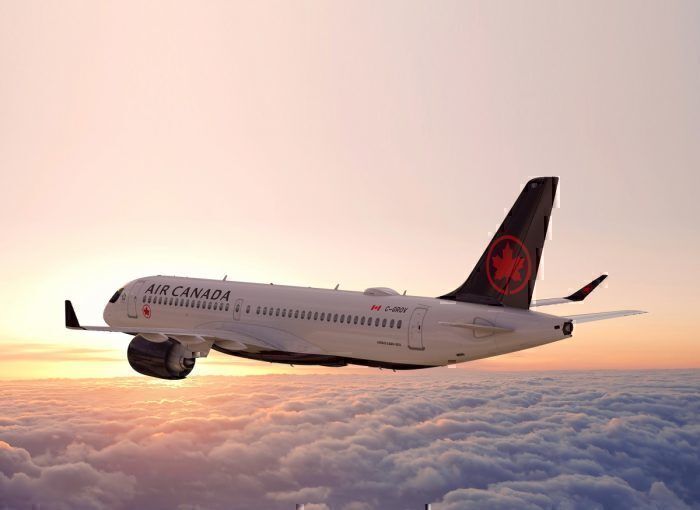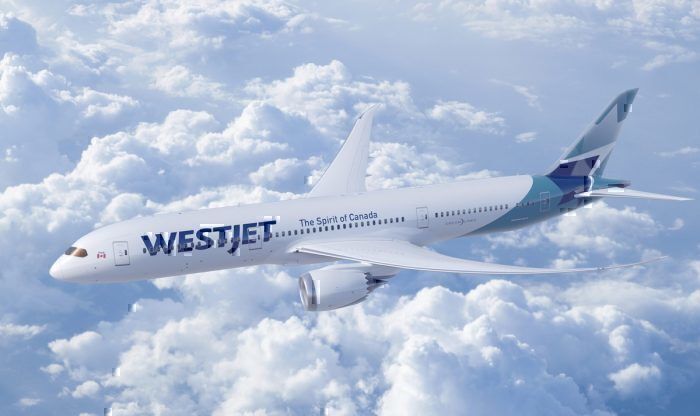Last week, Air Canada's President and CEO, Calin Rovinescu, shared his frustrations with the Canadian government's strict travel bans and how they've continued to hamper his airline's recovery. In recent weeks, various parts of the world have experienced enough progress with the virus to feel confident in opening up their borders. As specific regions of Canada re-open, could there (or should there) be air bridges (or travel bubbles) put in place to allow for international travel and tourism?
'Travel bubbles' are frequently being mentioned as a safe compromise to restarting international travel. Otherwise known as 'air bridges,' the general concept is that bilateral agreements are made between various countries to allow for reciprocal tourists/non-essential travel to expedite post-pandemic economic recovery.
Let's first look at some examples of travel bubbles or potential travel bubbles happening right now.
Case in point: The Baltic bubble
Since the middle of May, the Baltic countries of Estonia, Latvia, and Lithuania have opened their borders to one another. This is essentially a "travel bubble" and allows for relatively free movement within the three nations.
This was the first "travel bubble" in Europe and made a lot of sense due to the strong political, economic, and cultural ties that exist between the three countries. Furthermore, this concept works due to the relatively small geographical size of the bubble.
“The Baltic Travel Bubble is an opportunity for businesses to reopen, and a glimmer of hope for the people that life is getting back to normal,” - Lithuanian Prime Minister Saulius Skvernelis via Global News
The Trans-Tasman bubble
While the country of New Zealand experienced a small 'hiccup' today with some quarantined patients released early, the country had experienced a phenomenal run of 24 days with no new cases.
Despite the setback, talk of a Trans-Tasman travel bubble persists. This concept would see free and unrestricted travel between Australia and New Zealand without the need to quarantine/self-isolate for 14 days.
As the economies of Australia and New Zealand are so intertwined, this would be a significant step in resuming international relations and boosting trade and tourism on a regional scale.
Unfortunately, this concept remains at the discussion phase and has not yet been confirmed. However, a recent study further advocates for the bubble, with scientists saying that it could be done safely without a need for quarantine.
The study, conducted by Otago University Professors Nick Wilson and Michael Baker, and Professor Martin Eichner from Germany's Tubingen University had the following to say:
"Our analysis shows that there is potential to replace this quarantine period with multi-layered interventions ... that would also maintain a low risk of importing the pandemic virus...Whatever approach is chosen, careful management and evaluation will be needed."
The findings were reported by New Zealand publication Stuff on June 17th.
The keys to a functioning travel bubble
The most crucial part of establishing a travel bubble is that the coronavirus needs to be under control for the countries involved. Perhaps one of the best ways to assess this is to consider the cases per capita and the number of new cases being reported in recent days or weeks.
According to Worldometers, Canada has 2,644 cases per one million people at the time of writing, with 307 new cases being reported in the past day. Western European countries such as the Netherlands, Germany, and France all have similar per capita numbers - ranging between 2,200 and 2,900 cases per one million.
Having a similar "epidemiological situation" was clearly critical to the start of the Baltic travel bubble:
“The Baltic states are close partners, have a similar epidemiological situation and their economies are well integrated, so the free movement of people as well as goods is very important for the region,” - Arnoldas Pranckevicius, the European Commission representative in Lithuania
While Canada's economy is not as well integrated with European countries as it is with the United States - there certainly are strong international relations with parts of Europe. An air bridge between certain regions would benefit tourism and airlines greatly.
Stay informed: Sign up for our daily aviation news digest.
The neighbor to the south
Closer, regional travel bubbles make the most sense - especially as economic integration is strongest. However, the epidemiological situations and policies of Canada and the United States are so different that re-opening unrestricted travel between the two countries remains unpopular and unwelcome for many Canadians.
As it stands, the United States' cases per one million is at 6,707 - over twice the count of Canada. Furthermore, active cases seem to be once again going up in the United States, while Canada's count continues to decline.
In late May, CTV News reported that almost half of Canadians felt that the border should remain closed until the end of 2020. In fact, the provinces of Alberta and Quebec felt more strongly about this, recording 60% and 55% in favor of the policy, respectively.
A boost for transatlantic tourism
So while the United States continues to struggle in getting a handle on its situation, many other parts of the world are improving.
A Canadian-European travel bubble would help Canadian airlines - as well as their European competitors - greatly. WestJet, Air Canada, and Air Transat all operate transatlantic flights to cities such as Dublin, Paris, and Barcelona.
Additionally, given the safety measures in place in public spaces across all of these countries, as well as just the general awareness amongst the public, the risk of an outbreak would be significantly lower than a month ago - and will likely be lower in a few weeks from now.
For now, Canada's restrictions remain stringent. This is something Air Canada's CEO takes issue with, saying:
“[These restrictions] may have been needed in the early stages of the pandemic…Right now it strikes me as a combination of disproportionate steps, things that are stifling the return to a more normalized aviation environment, and, quite frankly, stifling an economic recovery.”
What do you think about this idea for Canada? Should travel bubbles be instituted to allow for a semi-controlled restart to international tourism? And what countries do you think would be a good fit for this? Let us know your thoughts in the comments.

